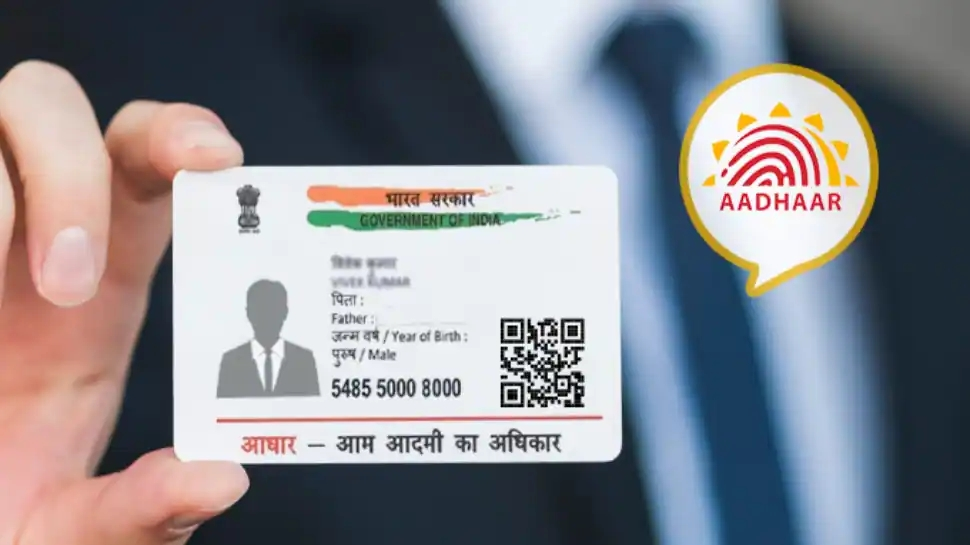Have you ever come across a crippled grazer or a blind hunter in the wild? Chances are rare to none. Nature is not kind to them. But humans are different, so we take care of every difficulty and every disability amongst our kin. We nurture.
It is essential to understand that nearly 15% of the global population has some form of disability. It makes it almost one billion people!
While this positively impacts the survival game, we also take the moral responsibility to make this world more just for the differently-abled. Hence, digital accessibility becomes crucial in enabling this section to access digital solutions without hindrances.
Currently, many existing digital platforms lack accessibility features. It makes it very difficult, if not impossible, for this section of people to access them seamlessly. Alarmingly, the majority of these digital platforms belong to government agencies.
A global community of accessibility experts formed the World Wide Web Consortium (W3C) to make the internet highly inclusive. This Consortium designed the Web Content Accessibility Guidelines (WCAG). The desired upshot is to facilitate an equal experience for all. Organisations and primary developers should run all digital products and services through comprehensive WCAG compliance testing to achieve this goal.
How can we make a website or mobile app accessible?
By ensuring that we design a website or app to be used even by
- Individuals with impaired vision
- Individuals with motor difficulties
- Individuals with cognitive impairments or learning disabilities
- Individuals with deafness or impaired hearing
Digital accessibility ensures access to digital solutions without any impediment.
A website or application developed with WCAG Compliance benefits the user base, including the people with disabilities. Moreover, it succeeds in delivering a vastly enhanced user experience.
Accessibility is not just limited to putting things on the internet. It includes the following as well:
- Making the content and design clear
- Making it simple enough so that most people can use it
- Making it usable without the need for adaptation
- Keeping provision for those who do need to adapt things
For instance, a person with impaired vision will be using a screen reader, Braille display[1], or screen magnifier. Another user with motor difficulties could use a particular mouse, speech recognition software, or on-screen keyboard emulator. All these users must experience seamless ease in navigating the platforms.
Why making your government application accessible is essential?
By 2018, governments across the globe enforced accessibility regulations for government agencies. It mandates that your websites and mobile apps are more accessible or, in other words, perceivable, operable, understandable, and robust. Moreover, the government agencies will need to include and update an accessibility statement on their platforms.
Web Content Accessibility Guidelines (WCAG) are technical disclaimers. One needs to stick to them while improving or integrating digital accessibility. The goal is to enhance the accessibility of mobile applications, web content, and websites while being device agnostic. The guidelines are primarily for WCAG testing engineers, web content developers, and other connected professionals.
Accessibility regulations are applicable for all government applications intended for public use. Such rules cover government agencies using custom-built applications of functionality or branding.
Accessible websites should work better for all. Moreover, they are faster, more convenient to use, and appear higher in SEO rankings.
Notably, while using a government application, citizens hardly have any choice. Hence, it is all the more critical that they work for everyone. Sadly, people needing them most are often the ones who find them hard to use.
The majority of government applications currently fail to meet accessibility requirements. A recent study by the ‘Society for Innovation, Technology, and Modernisation,’[2] reports that four in ten local council apps failed basic tests for accessibility.
Common problems include -
- Apps challenging to use on a mobile handset
- Navigation through the user interface is not easy
- PDF files failing to let software-based screen-readers access the text.
- The poor colour contrast makes the text hard to read. It is particularly true for the visually impaired.
In some countries, accessibility requirements are now mandatory. Any government digital platform not meeting the conditions could be counted as a lawbreaker.
The best way of meeting the requirements is to verify how far the application currently meets WCAG. The next step is to identify the problems. Once these are done, the concerned team should strategise on ways to fix the issues detected. The web team should use the guidelines to make the applications accessible. Finally, the application should incorporate a published accessibility statement.
References
- [1] https://en.wikipedia.org/wiki/Refreshable_braille_display
- [2] https://socitm.net/






Comments